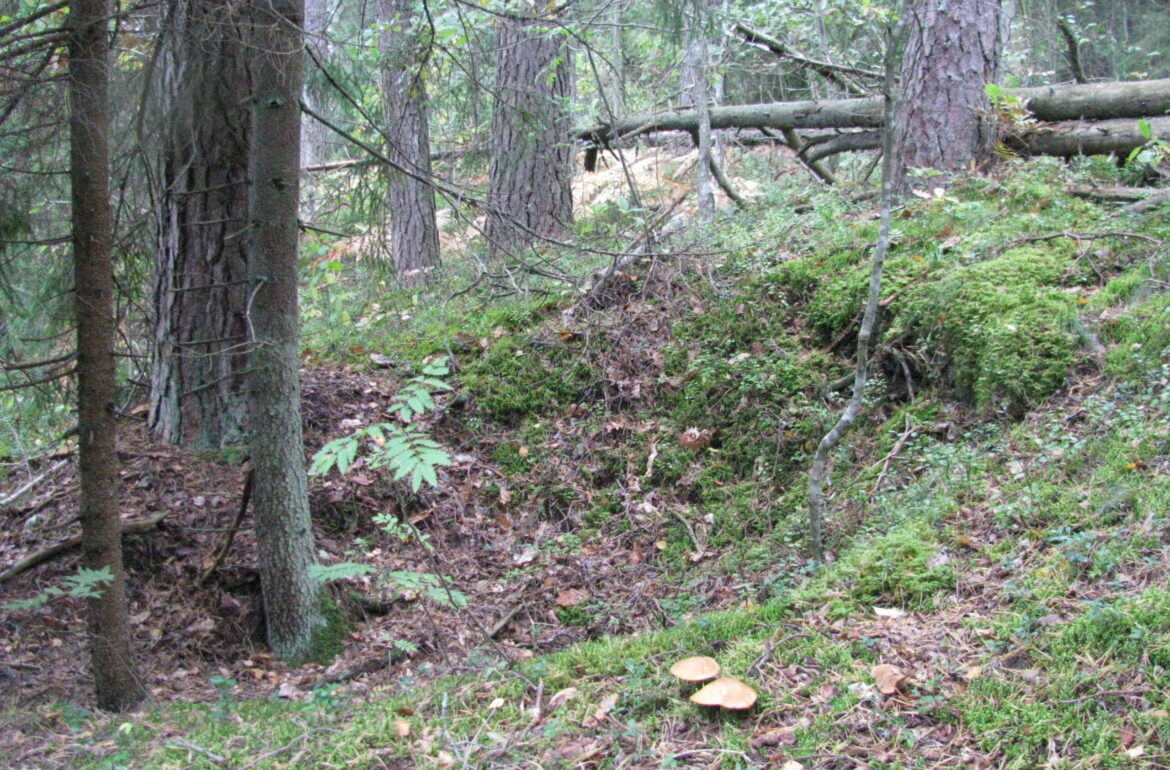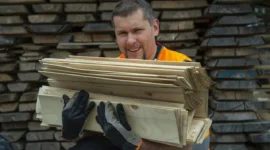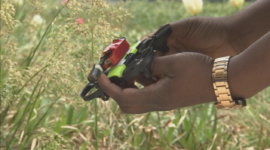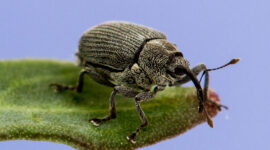Pille Tomson‘s doctoral thesis, which was defended at the Estonian University of Land Sciences, shows that rotational slash and burn cultivation affected the formation of southern Estonian landscapes and forest vegetation.
“In Estonia, so far, it has been thought that slash and burn cultivation promoted the podzolisation of soils, soil depletion and the formation of species-poor forests. However, field work showed that the reason for differences in forest vegetation is the later forestation of the former slash and burn fields, not the characteristic use of fire for slash and burn cultivation”, said Pille Tomson. No differences were found in the current chemical properties of soil when comparing the areas used for slash and burn cultivation and historical forest land.
This work is based on the 19th century land-use maps, which were used to determine the areas used for slash and burn cultivation. Rotational slash and burn cultivation was utilised in areas located on a steep slopes or hilltops, far from the farmyard and having moderately acidic soils.
Macroscopic charcoal was found both in former slash and burn fields and in long-term forest land. Slash and burn cultivation has been an important factor in the development of charcoal deposit in soil. Even though the presence of charcoal in soil is somewhat different for different land-uses, it is difficult to use this for verifying historic slash and burn cultivation due to the high variability of charcoal locations. However, it is possible to find characteristic landscape elements in the areas that have been used for slash and burn cultivation, such as field banks, turnip pits, large relict trees, small gullies or clearance cairns.
“In conclusion, the role of slash and burn cultivation in formation of landscape have been underestimated and the effect to the forest vegetation have been overestimated in Estonia”, ended Tomson.
The translation of this article from Estonian Public Broadcasting science news portal Novaator was funded by the European Regional Development Fund through Estonian Research Council.
 Back
Back



